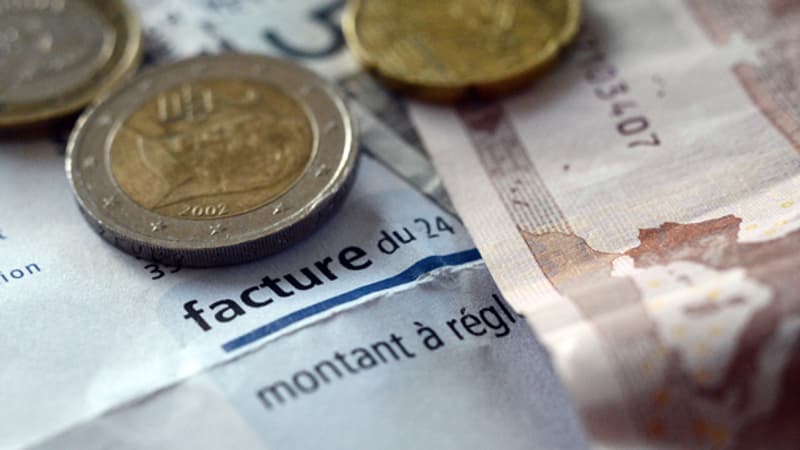Don’t talk about “whatever it takes”. Through the 2023 Budget presented on Monday, the government claims to want to find a way back to the restoration of public finances. However, with an expected 5% deficit this year and next, this is not really the time for budget rigor.
The deficit is not expected to fall below 3% again before 2027. Meanwhile, the 2023 budget foresees several measures aimed at protecting households and companies against inflation, which should reach 5.4% in 2022 and 4.3% next year, according to Bercy. In the end, state spending should increase by 21.7 billion in 2023 compared to 2022.
> Measures for households
• Energy Shield
Although energy prices remain at a high level, the price shield implemented in October 2021 will be extended in 2023, although it will be less generous. Specifically, the increase in the price of gas will be limited to 15% from January 2023, which should correspond to an average increase of 25 euros per month and per household, compared to 200 euros without this device.
The increase in the electricity bill will also be capped at 15% from February, or 20 euros per month on average, instead of the 180 euros without a tariff shield. The gross cost of this shield is estimated at 45,000 million euros (34,000 million for electricity and 11,000 million for gas).
From this sum, 29,000 million euros must be subtracted, which correspond to the mandatory fees that the State will charge energy companies “that obtain a pension from electricity price increases.” Therefore, the net cost of the device will finally be 16,000 million euros (11,000 million for the gas shield and 5,000 million for electricity).
• Exceptional power control
As Elisabeth Borne announced in mid-September, the most modest households will receive an exceptional energy check to help them withstand the increase in their energy bill. This aid of 100 or 200 euros will be paid at the end of the year to 40% of the poorest households, that is, 12 million households in total.
Specifically, the energy check of 200 euros will go to the 20% of the most modest households, while households in deciles 3 and 4, located between the poorest 20% and the richest 60%, will receive 100 euros. All at a cost of 1,800 million euros.
• Indexation of the income tax scale
The income tax scale will be revalued in line with inflation in 2023, that is, 5.4%. Specifically, this revaluation means that the amounts from which a taxpayer “changes” the bracket will be revalued by 5.4%. And this for the four tax brackets (0%, 11%, 30% and 41%).
Without this measure, employees subject to income tax and whose income has increased could have fallen into the upper bracket, or even become taxable when they were not. “This is how we have prevented all IRPF subjects from paying more taxes. The disposable income after taxes will remain the same for all households even if their salary increases”, can be read in the 2023 Budget.
> Measures for companies
• Regulated price
To protect small businesses from the rise in energy prices, the 2023 budget provides that structures with less than 10 employees and whose turnover is less than 2 million euros may continue to benefit from the regulated sales rate (TRV) with an increase limited to 15%.
• Simplification of aid with a cap of 2 million euros
As of October 3, Bercy will enable a simplified window for companies eligible for aid with a cap of 2 million euros that will affect all companies for which energy represented 3% of turnover in 2021 and that have suffered a drop in operating income for a month.
The so-called energy-intensive companies can benefit from aid with a ceiling of 25 or 50 million euros. The government is currently discussing with the European Commission to modify the eligibility criteria. Specifically, he wants the ceiling for this aid to be increased from 25 to 50 million euros and from 50 to 100 million. The executive also wants to lower the criterion of the energy quota in billing (currently at 3%) and that it is no longer calculated on the basis of 2021 but of 2022.
Source: BFM TV


